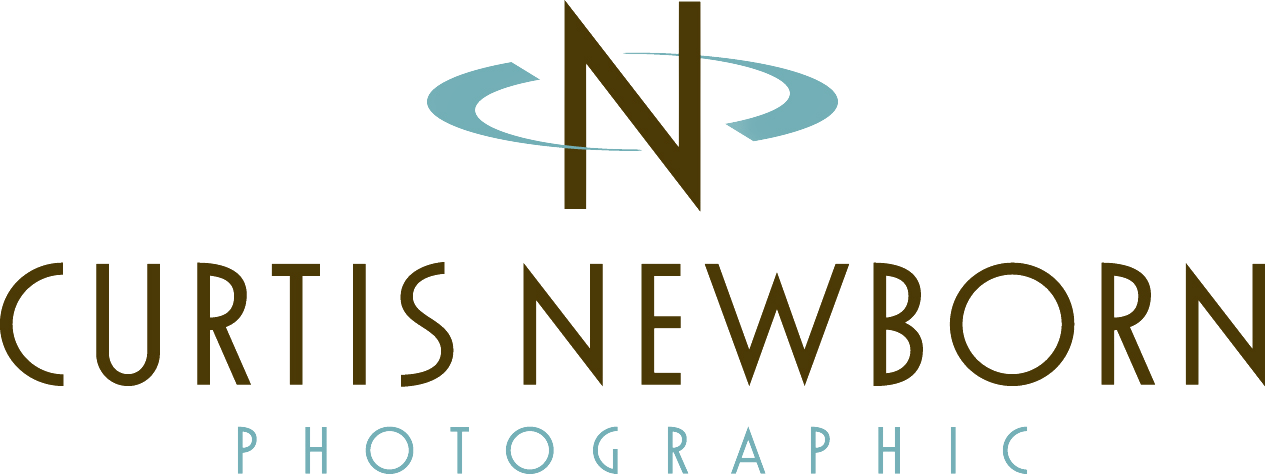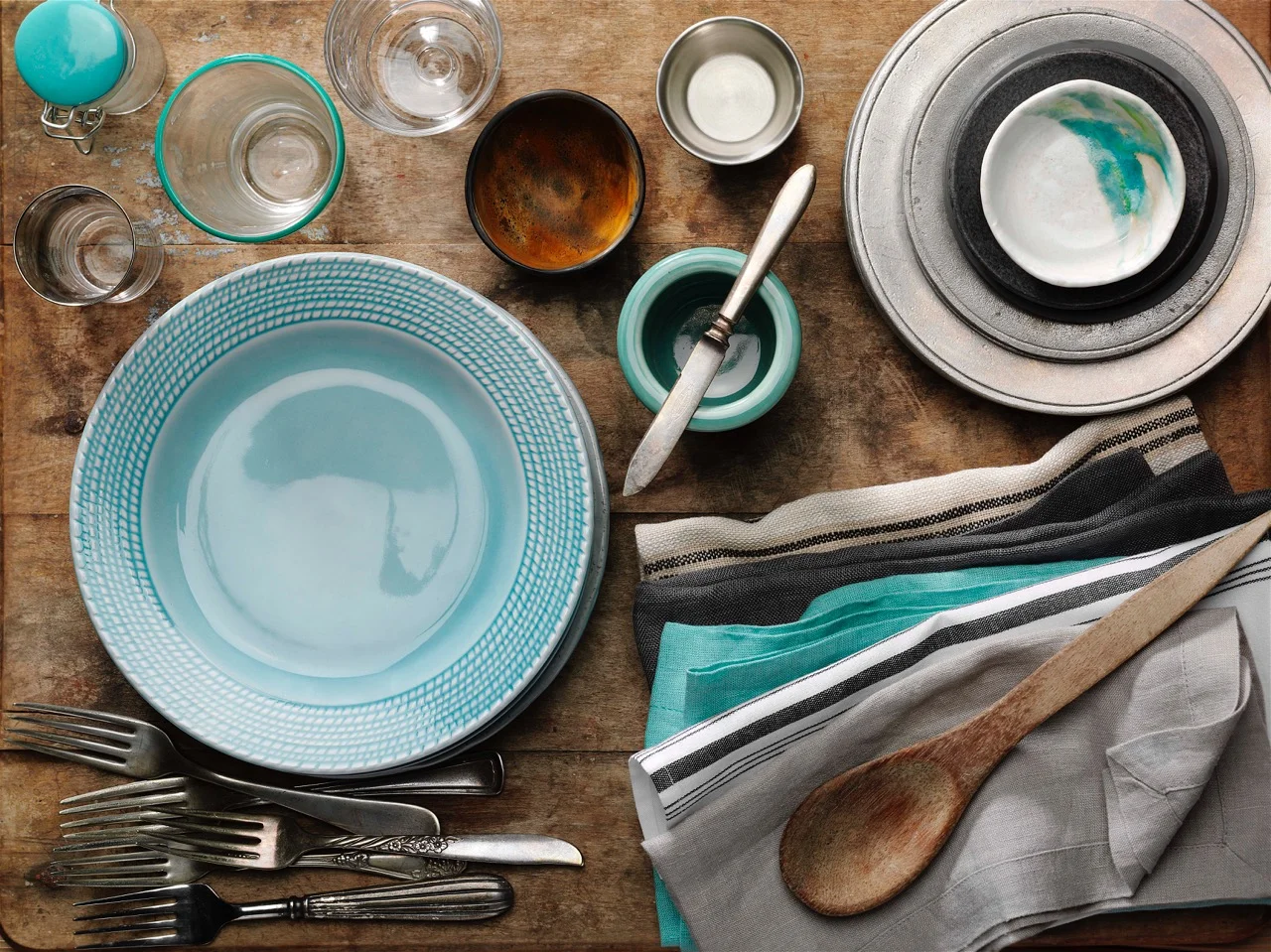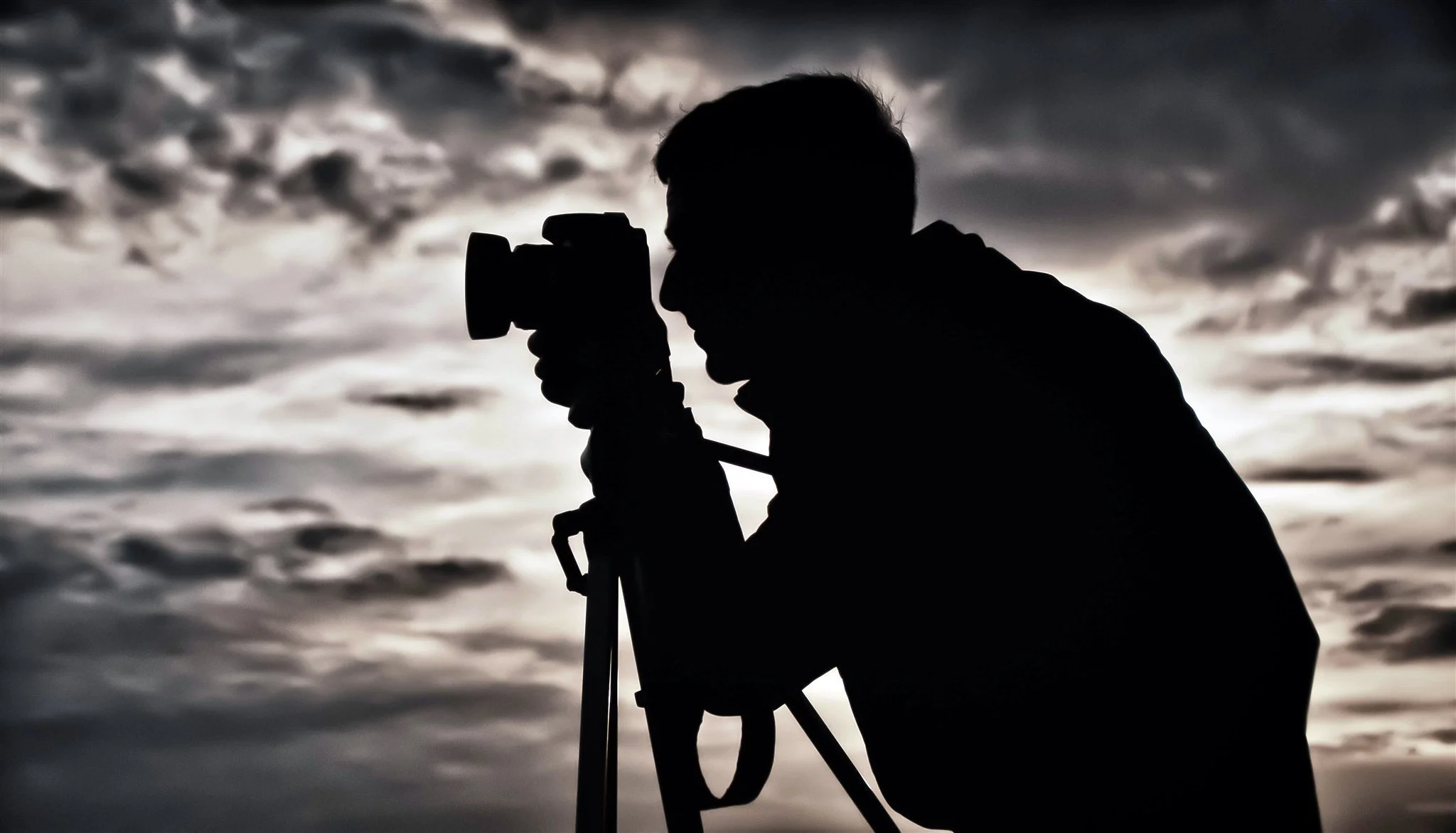While there, I learned that they were celebrating 80 years of existence, and they are commemorating this milestone on Facebook with an 80th anniversary event page and on Twitter, using the #GGB80 and #MyGGBStory hashtags. Each week, they'll share new imagery of the bridge, captured by fans of the iconic structure and shared via social media.
The Golden Gate Bridge spans the Golden Gate Strait – the entrance to the San Francisco Bay from the Pacific Ocean – from San Francisco to Marin County. Its distinctive “international orange” color blends well with the span’s natural setting and provides enhanced visibility for passing ships. The Bridge opened to pedestrians on Thursday, May 27, 1937, and to vehicles the very next day, Friday, May 28, 1937. Below, you can check out some more cool facts shared with me about the bridge.
80 Facts Of The Golden Gate Bridge:
1. The bridge’s steel came from Maryland, New Jersey, and Pennsylvania, shipped by way of the Panama Canal.
2. Eighty years ago it was the longest suspension bridge in the world, but now it ranks as only the ninth.
3. Its towers were the world’s tallest until 1998.
4. The first earthquake hit it in 1935, before the bridge was even finished. The construction elevator broke, leaving a dozen workers stuck on one of the main towers while it swayed.
5. The paint company Sherwin-Williams sells the bridge its paint, although they must put in a competitive bid on the contract each time.
6. If you want to replicate the signature color, International Orange, the Golden Gate District recommends giving paint stores the following mix formula: C= Cyan: 0%, M =Magenta: 69%, Y =Yellow: 100%, K = Black: 6%.
7. The aerospace industry originally developed the color to make building elements more visible.
8. The U.S. War Department wanted the bridge painted in yellow and black stripes to increase its visibility to ships.
9. And the U.S. Air Corps wanted red and white stripes. Fortunately, bridge architect Irving Morrow convinced everyone to go with the orange shade instead.
10. For the record, Morrow was a graduate of UC Berkeley.
11. Chief Engineer Joseph Strauss developed a fascination with suspension bridges while hospitalized in a room overlooking the John A. Roebling Bridge.
12. There’s only one other International Orange colored suspension bridge in the world: the 25th of April Bridge in Lisbon, Portugal.
13. The foremen of the bridge’s ironworkers are called “pushers” in bridge lingo. Which is disconcerting, given the elevation.
14. Incidentally, a pusher makes roughly $94,000/year before benefits and overtime. Bridge painters receive about $47/hour at entry level. Ironworkers start at about $45/hour.
15. Joseph Strauss’s own fee as chief engineer in 1937: $1 million, more than $17.3 million in today’s currency.
16. Bridge builders made $11/hour.
17. Eleven men died during the bridge’s four-plus year construction, 10 of them from a single accident in which a collapsed scaffold fell through the safety net below.
18. In that same scaffold collapse, one worker managed to jump to safety. Two others plunged into the bay but miraculously survived.
19. Worker deaths sparked official investigations, but all told the bridge had a remarkable safety record during a time when most big steel projects killed “one man for every $1 million spent,” as the proverbial formula went.
20. A lot of that had to do with the bridge’s $130,000 safety net, which saved the lives of 19 people.
21. The bridge has closed to all vehicular traffic only eight times in 80 years: Three times for wind hazards, once for construction, twice for anniversary galas (in 1987 and 2012), and twice very briefly for “visiting dignitaries”—President Franklin D. Roosevelt and president of France Charles de Gaulle.
22. Total closure time: 16 hours, 48 minutes, give or take.
23. Forty-two Navy ships sailed under the bridge during its opening celebration.
24. The all-time record for bridge crossings in one day: October 27, 1989, at 162,414 vehicles. Diversions from the Loma Prieta earthquake accounted for the spike in traffic.
25. The bridge district gets frequent requests to scatter cremated remains from the bridge, but “any person who willfully drops or throws any object or missile from any toll bridge is guilty of a misdemeanor.”
26. The city would also not allow British filmmakers to drop a dummy off the bridge while filming the climax of A View To A Kill (1985), starring Roger Moore as James Bond.
27. According to the movie database site Subzin, characters in extant major Hollywood films and TV series have spoken the phrase “Golden Gate Bridge” 175 times.
28. Up until 1970 the bridge charged a fee for pedestrians to cross, enforced by a turnstile. The original toll was a nickel and had risen to a dime 33 years later.
29. But the fee to walk across on opening day in 1937 was a quarter. Some 15,000 people crossed every hour.
30. The original auto toll: 50 cents, plus an extra nickel for every additional passenger. Motorcycles paid a quarter.
31. President Franklin D. Roosevelt officially declared the bridge open by tapping a golden telegraph key in the Oval Office.
32. Each bridge tower contains 600,000 rivets.
33. The bridge came in exactly on budget: $35 million. That’s over $60.6 million after inflation. However...
34. The district estimated that with higher modern construction costs, creating the same bridge in 2003 would cost $1.2 billion. Roughly $1.61 billion in 2017.
35. Almost all of the money came from bonds, with very little kicked in by state or federal government.
36. E.W. Bullard, inventor of the original hard hat, specially modified his designs to create a bridge worker’s hat specifically for the Golden Gate Bridge build.
37. Management administered sauerkraut juice as a hangover cure to workers.
38. Another innovation: “Glare-free goggles” to prevent snow-blindness from the constant reflection on the water.
39. Historian Stephen Cassady says the bridge build was the first major engineering job to fire workers for failing to follow safety protocols.
40. The federal government’s War Department had to issue the bridge permits, since it owned the land on both sides.
41. Originally, the U.S. Navy worried that if the bridge collapsed (due to warfare) that it would trap ships inside the bay.
42. San Franciscans filed over 2,300 lawsuits against the bridge before construction even started. Some things never change.
43. Although the entire bridge is 1.7 miles, only 1.2 miles of that is actual suspension span.
44. The original weight of all of the materials: 894,500 tons.
45. By 1986, however, that had come down to 887,000 tons. The bridge shed some weight over the years thanks to lighter replacement materials.
46. Note that only 88,000 tons of that is steel.
47. Weight of the cables alone (suspender and main): roughly 24,500 tons.
48. The same company (Roebling's Sons) manufactured the cables for the Golden Gate Bridge and the Brooklyn Bridge.
49. Charles Ellis, a Vice President at Strauss Engineering Corporation, did most of the bridge’s design work. In December of 1931, his bosses sent him on vacation, then fired him while he was away, and to this day no one knows exactly why.
50. Incidentally, the bridge honchos didn’t formally acknowledge Ellis’ work until 2007.
51. Fitness guru Jack LaLanne swam the length of the bridge in 1954 with 140 pounds of equipment strapped to his back.
52. Three women have given birth while on the bridge, in 1958, 1991, and 1993. The babies were all boys.
53. In 2001, students from the University of British Columbia School of Engineering hung a Volkswagen Beetle off the side of the bridge in the dead of night. No one else was as amused as they were.
54. You are not allowed to cross the bridge on horseback.
55. In 2005, a six-foot-tall ostrich escaped from a van and remained at large (very large) on the bridge until recapture. The driver reported that “the ostrich's butt broke the window,” when he braked, adding, “You never would think an ostrich could fit through a little window, but she did."
56. And in 2004, a deer ran the entire length of the bridge and entered the Presidio via the FastTrak lane. In 2014, two more leisurely deer crossed, stopping traffic.
57. But the bridge’s most frequent animal commuters are coyotes, who use it to migrate to the city when territory on the north side gets too crowded.
58. The first official proposal for a bridge to Marin came in 1872 from the Central Pacific Railroad.
59. The first accidental death on the bridge (after construction): Cyril McNear, a Russian immigrant killed in a car crash on September 7, 1939. McNear is now buried in Colma’s Cypress Lawn Memorial Park.
60. But the first suicide happened in August of 1937, when H.B. Wobber, a barge worker and war veteran, got off a bus and jumped.
61. There are 128 lampposts along the span.
62. Each of the main cables is 7,650 feet, but the total length of wire used in both is over 80,000 miles.
63. The cable manufacturers had to design a new system capable of producing 1,000 feet of cable per day in order to fill the order in the 14 months the city gave them.
64. In 1937, newspapers reported two different women as the winner (“Fiesta Queen”) of a beauty pageant at the opening celebration. Historians have still not figured out who really won.
65. Fifty thousand people were anticipated for the bridge’s 50th anniversary celebration. The real crowd was about 800,000.
66. So many people arrived at the 50th bash, in fact, that the bridge sagged ten feet, and the swaying left many dizzy and panicked. It was the largest load ever put on the span.
67. Prior to bridge construction, crossing the bay by ferry took 20-30 minutes.
68. For being the one billionth car across the bridge in 1985, a local dentist received a case of champagne and a hard hat.
69. Average daily crossings in 1937: 9,073, more than 3.3 million that first year.
70. But for just May and June of that year, the average was 17,339/day.
71. Total fare revenue for the first year: $1,594,958, almost 20 percent of that earned during the first two months.
72. The largest year over year traffic increase: 1945-1946, when bridge crossings spiked more than 39 percent.
73. Conversely, the largest year-over-year decline was only 9.9 percent, from 1943 to 1944.
74. According to the original roadway rules issued 80 years ago, “Tire repairs and changes shall not be made except when authorized by a member of the Highway Patrol and done in his presence.”
75. Even today, bridge workers operate the fog horns with a manual switch.
76. In August of 1992, the bridge foghorns blew for 359 straight hours.
77. Naturally, such a high profile landmark has a ghost story attached, and equally naturally this ghost is supposedly a ship, the Tennessee, a clipper lost in the strait in 1853 and sometimes reported still sailing in the fog.
78. “Golden Gate” refers to the name of the bay entrance itself rather than the color of the bridge (which is of course not gold). John C. Fremont gave the strait this moniker in 1846.
79. Only the south entrance to the Robin Williams Tunnel (formerly Waldo Tunnel) bears the rainbow paint job so as not to be an eyesore for homeowners whose properties face the north side.
80. And finally, the bridge is not, in fact, painted end to end each year. Every San Franciscan should know this by now, but bridge management are forever trying to dispel the myth.
If you like my photo of the bridge, please let me know, and feel free to share this post on your social media feeds!















